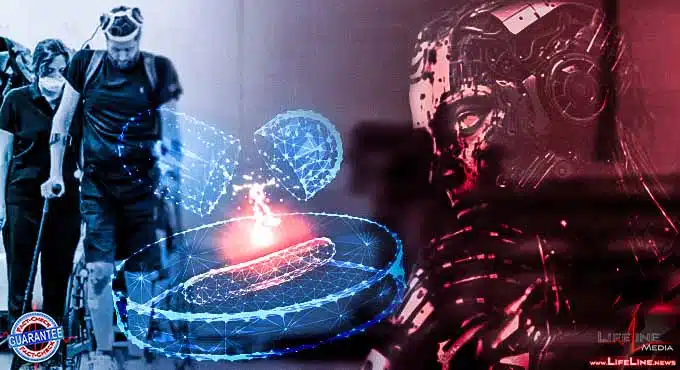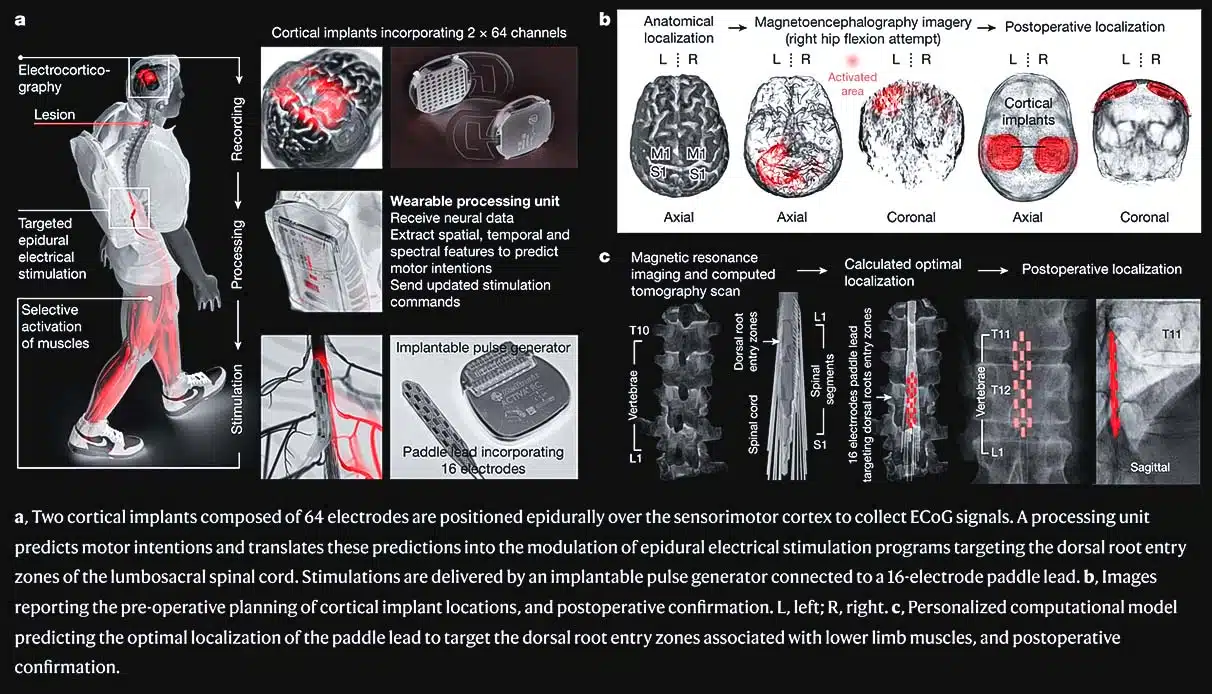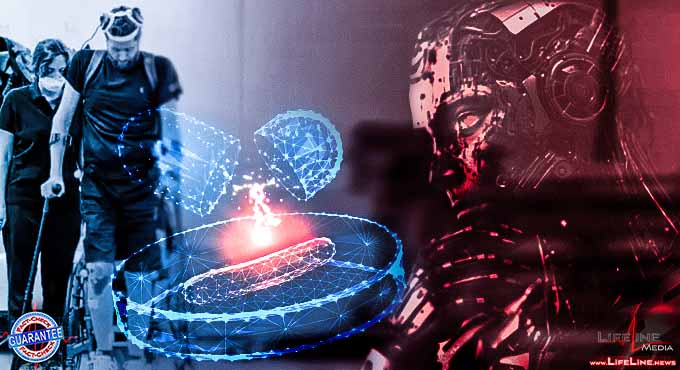
| Pa Richard Ahern - Just this week, artificial intelligence (AI) has helped scientists make major medical breakthroughs, demonstrating how AI could usher in a new golden age for humanity, providing it doesn’t destroy us first.
This is just the tip of the iceberg:
Scientists have successfully used artificial intelligence (AI) to identify a new potential antibiotic capable of combating a dangerous superbug strain.
Using the AI to sift through thousands of chemical compounds, they were able to isolate a few candidates for laboratory testing. This novel application of AI could revolutionize drug discovery by speeding up the testing process at a fraction of the time it would take humans.
The focus of the study was Acinetobacter baumannii, a particularly troublesome bacteria that the World Health Organization has classified as a “critical” threat.
A. baumannii is a common cause of wound infections and pneumonia, often found in hospital and care home settings. Known as a “superbug,” it results from the overuse of antibiotics. Through natural selection, these superbugs have evolved a resistance to most antibiotics, making them an urgent concern for researchers worldwide.
The team, comprised of researchers from Canada and the US, trained the AI by testing thousands of known drugs against A. baumannii. Then, by inputting the results into the software, the system was trained to recognize the chemical properties of successful antibiotics.
The AI was then tasked with analyzing a list of 6,680 unknown compounds, leading to the discovery of nine potential antibiotics, including the powerful abaucin — within an hour and a half!
While lab tests showed promising results in treating infected wounds in mice and killing patient samples of A. baumannii, further work is needed before it can be prescribed.
Scientists anticipate it could take until 2030 to perfect the antibiotic and complete the necessary clinical trials. Interestingly, abaucin appears selective in its antibacterial activity, only affecting A. baumannii and not other bacterial species. This specificity could prevent the bacteria from developing resistance and reduce the side effects for the patient.
That’s not all AI has achieved this week:
Perhaps more impressively, a man named Gert-Jan Oskam, paralyzed from the waist down from a motorcycle accident in 2011, walked for the first time in twelve years with the assistance of atifisyèl entèlijans.
Jounal etid pibliye nan Nature on Wednesday described how researchers constructed a “digital bridge” from Oskam’s brain to his spinal cord. The bridge effectively jumped over the damaged sections of the spinal cord that had prevented his brain from naturally communicating with his lower body.
Researchers built the digital connection between the brain and the spinal cord using two fully implanted systems. These systems record brain activity and wirelessly stimulate the lower spinal cord to control movement.
The system uses two antennas in a custom-made headset to connect with the implants. One antenna powers the implant’s electronics, while the other sends the brain signals to a portable processing device.
Here’s the scary part…

The processing device uses advanced AI to analyze the brain waves and generate predictions of what movements the patient intends to make. In a nutshell, the AI is reading human thoughts with incredible accuracy — it knows the patient wants to move his right foot with him just thinking about it!
These predictions are based on probabilities calculated from vast amounts of data the AI is fed and trained with, similar to how a large language model like Chat GPT generates text. In this study, the predictions are turned into commands for stimulation.
The commands are sent to the implanted pulse generator, a device that sends electrical currents to specific areas of the spinal cord through an implantable lead with 16 electrodes. This creates a wireless digital bridge called a brain-spine interface (BSI).
The BSI could allow paralyzed individuals to stand and walk again!
That’s just this week…
Earlier in the year, researchers used AI to detect Alzheimer’s risk in patients. The AI was trained with tens of thousands of brain scan images — both of people with the disease and without. Once trained, the model identified Alzheimer’s cases with over 90% accuracy.
AI is also helping cancer patients:
AI is particularly effective at analyzing the effectiveness and safety of drugs. For example, at the start of the year, AI developed a cancer treatment in just 30 days and successfully predicted the survival rate using doctors’ notes!
There are numerous instances where AI has proven to diagnose patients more accurately than doctors by analyzing their symptoms.
Moreover, even researchers might find their roles changing, as machines can now test medications and examine DNA with remarkable speed and precision.
No need to panic about unemployment…
These AI systems still require human guidance to function effectively. So instead of completely replacing jobs, AI could become a valuable tool for workers who learn to use it effectively.
Undoubtedly, a world where machines can learn and self-improve comes with significant risks and challenges. We must heed the warnings and tread carefully. Yet, these discoveries highlight the positive side of artificial intelligence, demonstrating that ultimately if machines don’t kill us — they will save us.
Nou bezwen èd ou! Nou pote ou nouvèl san sansi pou GRATIS, men nou ka sèlman fè sa gras a sipò nan lektè fidèl jis tankou OU! Si ou kwè nan libète lapawòl epi jwi nouvèl reyèl, tanpri konsidere sipòte misyon nou pa vin yon patwon oswa lè w fè yon yon sèl don isit la. 20% nan TOUT lajan yo bay veteran!
Atik sa a se sèlman posib gras a nou an patwone ak kliyan!

Antre nan diskisyon an!